HISTORY
WHAT IS WUSHU
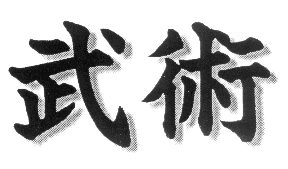
What is Wushu ? Literally it means military art. The term ‘Wu’ means martial or military, ‘Shu’ – art, method or skill. Wu Shu is also the generic term of reference for Chinese martial arts. All around the world, Chinese martial arts are known as Kung Fu, Gungfu or Gongfu. In free interpretation Kung Fu means result obtained through a great effort. 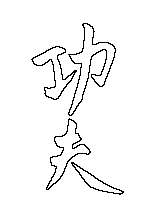
According to this meaning, in China it is said that a person who achieved a skilful level in a profession ‘has a good Kung Fu in that field’. Beyond terms gaining ‘martial skill’ – wushu or ‘the result through a great effort’ – kung fu, needs the understanding of a deeper meaning. The person has to be driven by motivation, to have a purpose, a target that he wants to reach. Self-control, discipline is another absolutely necessary component part without which great effort can’t be made. Then, it is the problem of time, a certain number of years being necessary for accumulating, practicing and perfecting knowledge in this domain. So, motivation, self - discipline and dedicated time are the defining elements that must be taken into account by a Chinese martial arts student. Next, we’ll see through some aspects of Wushu history and mention some essential systems and styles.
According to historical documents, the first forms of martial methods were introduced in China by its first emperor – the legendary Chin Shi Huang Di. He proved to be a skilful General and united the Chinese kingdoms, setting the base of a vast and strong Empire. He ascended the throne in 2698BC. The fighting method used in training the military was some kind of wrestle, called ‘Jiao Ji’.
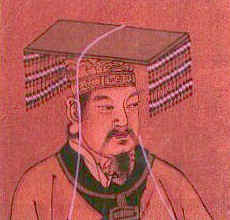
This system developed and in the time of the Qin Dynasty – 221 BC it was called ‘Jiao Li’. It consisted of kicking techniques, throwing, articulary and attacks on vital points. The system based on throwing is nowadays called ‘Shuai Jiao’ and has its roots in these ancient military methods. 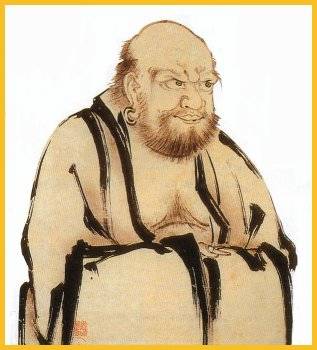
Great clans, which were permanently in conflict throughout the history, contributed a great deal to the development of martial arts. Each of these clans practiced a specific fight style, which was kept in great secret; therefore its efficacy in fight was great.
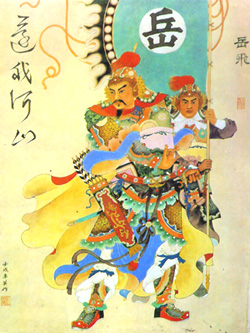
From these fighting methods were built up later lots of classic Chinese styles. Physical exercises practiced by monks were other sources of martial arts. At first, they consisted of energetically gymnastics, based on principles of classical Chinese medicine; than, in time, the exercises developed in real fight systems. It seems that the Taoist monks practiced energetically exercises since 500BC. Doctor Hua T’uo registered around 220 AD a group of movements called ‘the dance of the five animals’, that were at that time: the tiger, the stag, the monkey, the bear and the bird. Later, this work inspired numerous imitative fight systems. The Qi Gong schools, traditional methods of directioning inner energies of human body, developed from the energetic gymnastic exercises.
Around 550AD the Hindu monk Bodhidarma came in China to teach Buddhism. In the famous monastery of Shaolin, the monk created ‘ the 18th hands of Lo Han, gymnastic exercises with energetic character, that were used for maintaining the health of the monks. It was from these movements that the powerful fighting system of Shaolin was developed later.
The marvelously General Yue Fei, who lived in the time of the South Song Dynasty in 1100, was the one who perfectioned a new and efficient fight system for the imperial army. He created the well-known ‘ 108 techniques’ base of Eagle’s claw style ‘ Ying zhao’. By practicing this system, the Chinese army succeeded to eject successfully hordes of riders who invaded their land from the north steppe. The founder of the Eagle’s claw style, a great patriot, an undefeated warrior, he became famous, loved and respected by the Chinese people.
In the mysterious Wu Dang Mountains the roots of Taoist practice were lost in the darkness of time. In the 7th century the existence of a Taoist monastery was traced back. During the centuries were built in the mountain lots of temples and palces reaching the top with the reigning period of Zhu DI Emperor around the 1400 years. The place – of unbelievable and mysterious beauty, inspired generations of monks in creating a complex system of meditation, energetic methods, fight techniques, known as ‘Wudang style’. The Taijiquan style has its roots in this system and it is spread all over the world nowadays. During the 16-19 centuries, Chinese martial arts reached an effervescent development. So, nowadays there are for real hundreds of styles. Many of these were lost in the darkness of time, others were simply forgotten. Many valuable styles were lost because the masters had died before they could teach somebody about their style.
Having the purpose of keeping safe as much as possible the priceless cultural inheritance, the leadership of China decided to gather and synthesize the Wushu styles (around the 1950). This was the way that nowadays known ‘modern Wushu or contemporary Wushu’ appeared. The new sport seems to have a fast evolution and it is recommended to be the next Olympic sport at the 2008 Beijing Olympics.